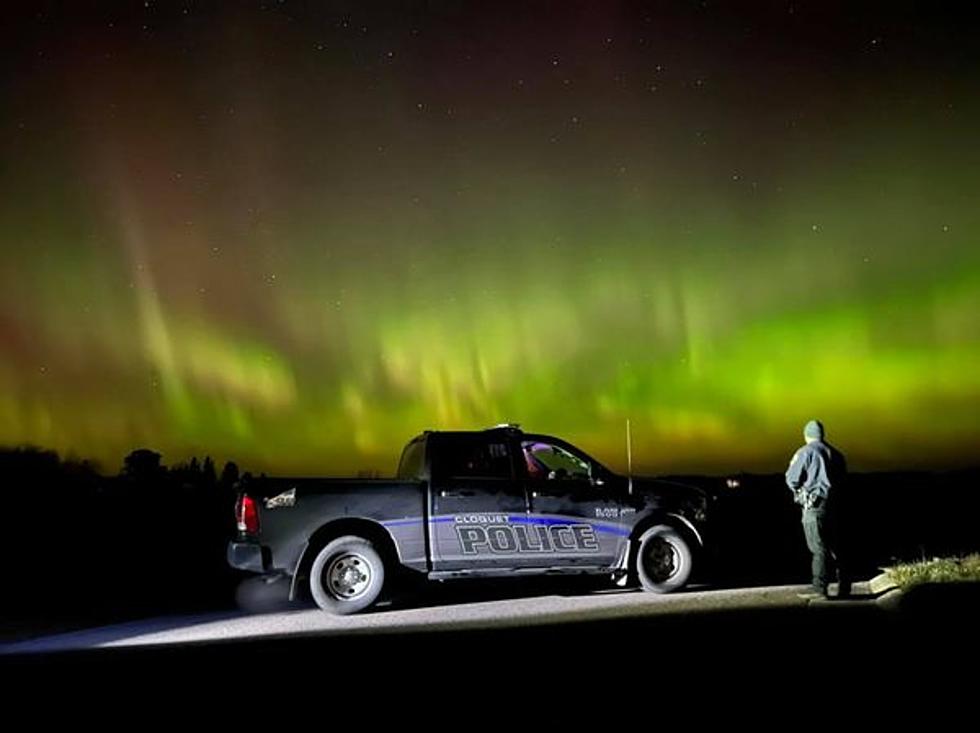
Wow! Cloquet Police Witness Amazing Minnesota Northern Lights Show
We had heard that the Northern Lights would likely be visible this week across the Northland. Of course, we've heard that before only to be disappointed by cloud cover or a straight up no-show for whatever reason.
That was not the case, however, on Wednesday night as may people across the Northland finally got to see a great display of aurora borealis.
The Cloquet Police Department were among those who witnessed the Northern Lights on November 3 and they shared their experience Thursday on their Facebook page.
According to the Northern Lights Centre:
The Northern Lights are actually the result of collisions between gaseous particles in the Earth's atmosphere with charged particles released from the sun's atmosphere. Variations in colour are due to the type of gas particles that are colliding. The most common auroral color, a pale yellowish-green, is produced by oxygen molecules located about 60 miles above the earth. Rare, all-red auroras are produced by high-altitude oxygen, at heights of up to 200 miles. Nitrogen produces blue or purplish-red aurora.
Hopefully we get many more fantastic views of the Northern Lights throughout this upcoming winter as winter tends the be the time of year when they are most predominant.
In October, further north in Minnesota got a great Northern Lights show, including Duluthian Steve Regas who captured some fantastic pictures from the Boulder Lake area on October 17.

If you happen to witness such a spectacle, make sure to share with us so everyone has the chance to see them as well. It's not quite the same as witnessing them in person, but it's better than nothing.
KEEP READING: Get answers to 51 of the most frequently asked weather questions...
LOOK: The most expensive weather and climate disasters in recent decades
More From KQCL Power 96






